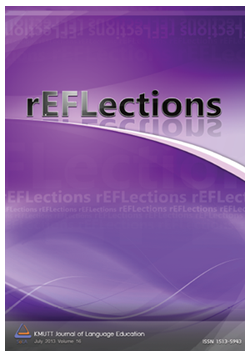Grammatical Cohesion in the English to Arabic Translation of Political Texts
Main Article Content
Abstract
Cohesive markers link sentences together in text and make the whole text united and meaningful. While translating from the source language (SL) to the target language (TL), the translator may not translate all of the cohesive markers or may incorrectly translate them which affects the communicative meaning of the SL. Thus, many studies have analyzed different texts in different languages by using one of the translation theories to find a better strategy of translating such cohesive markers. This study makes use of Halliday and Hasan’s (1976) model of cohesion to identify cohesive markers used in Arabic and English texts, and it focuses on references as cohesive markers. The source English texts are taken from the online editions of The New York Times and The Washington Post, while their translated Arabic versions are taken from the online Arabic newspaper, Asharq Al-Awsat. The study also adopts Nida’s (1964) translation techniques to identify the translation techniques which are used to translate English grammatical cohesive markers into Arabic. Two techniques of Nida are found in the analysis: alteration and subtraction. One new technique is also found in this study, namely sustaining. By identifying the translation techniques used in translating the cohesive markers, translators and linguists will be aware of these techniques.


